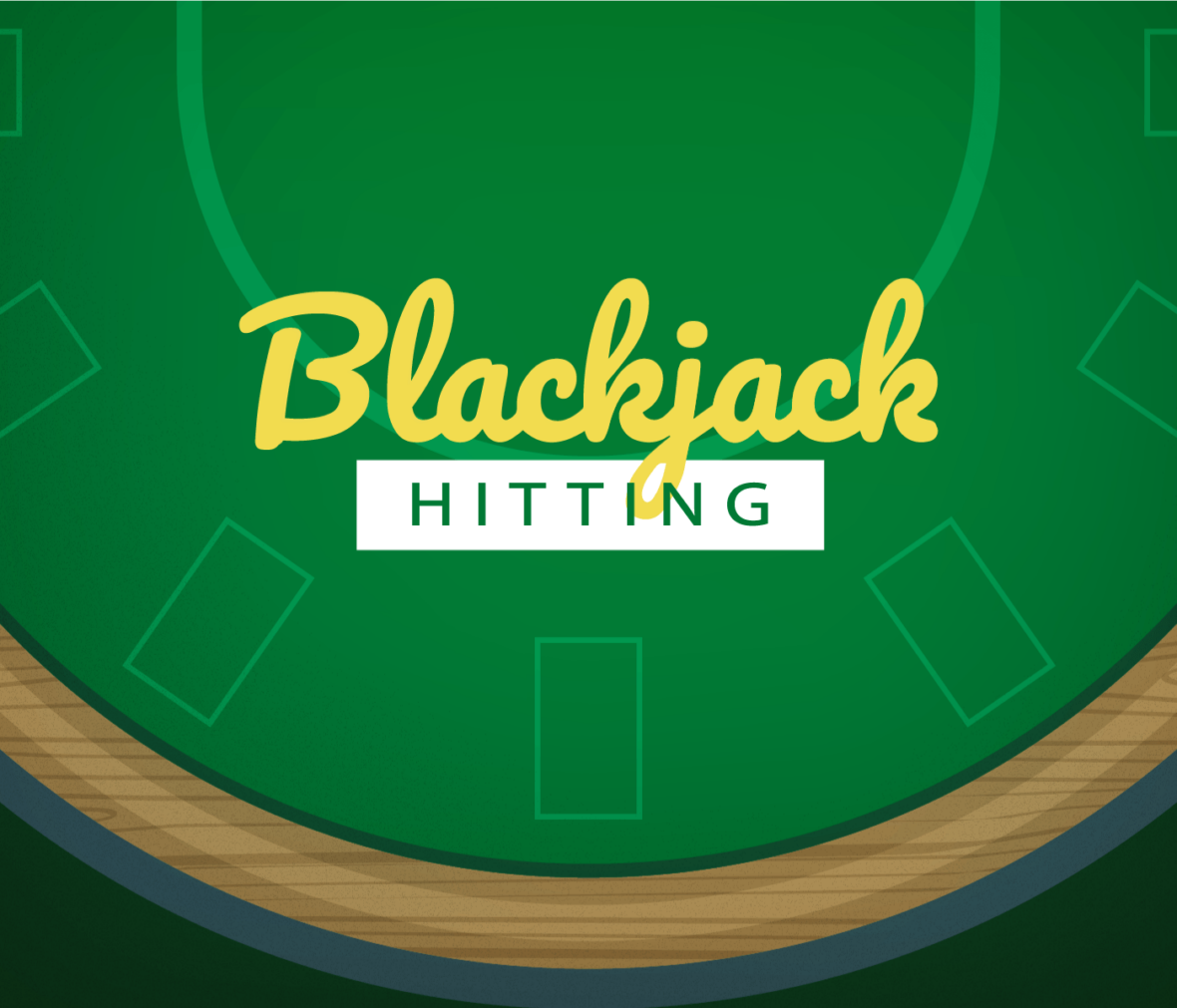The Ultimate Blackjack Hit or Stand Guide

Welcome to the world of Blackjack, where strategy meets chance. Knowing when to hit can be your masterstroke. In this guide, we’ll unfold the secrets of hitting in blackjack with engaging tips, ensuring you make the right call every time.
Unravel the mysteries behind those game-changing decisions. Blackjack isn’t just about luck; it’s about strategy. We’ll help you decipher the whens and whys of hitting to amp up your gaming prowess.
Understanding Your Hand
Grasping the basics of your hand is essential. If your total is 11 or less, hitting is a safe bet. There’s no risk of busting, so feel free to take another card. It’s simple math, really. However, always consider your total closely.
Dealer’s Upcard Dynamics
Keep an eye on the dealer’s upcard. If it shows between 7 and Ace, and your hand is 12 to 16, hitting might be the smarter move. This doesn’t guarantee success, but it often raises your chances.
Basic Strategy Charts
These charts are game-changers, offering the best move for each hand-dealer combination. Consult them to see if hitting gives you a statistical edge. They’re your trusty blackjack guide.
Knowing the Rule of 17
The rule of 17 is a staple in blackjack. Dealers hit until a total of 17 or more is reached. This rule is a strategic ally, helping you decide when to hit or hold.
Risk vs Reward Balance
Hitting is a gamble of its own. Seek the potential reward when it outweighs the risk of busting. It’s about making calculated moves to improve your hand without exceeding 21.
When is Hitting the Right Play?
There’s more to hitting than just following rules. Hit when your total is less than 12, or when facing a dealer’s 2, low hand, or high soft hand against their strong hand. Timing is key.
Times to Consider Not Hitting
Sometimes stepping back is the smarter choice. If the dealer might bust, or when considering splitting or doubling down, hitting can wait. Knowing when not to hit can save your game.
Surrendering Instead of Hitting
Facing a dealer’s 9, 10, or Ace with a total of 16 suggests surrendering might be best, unless you’re holding a pair of 8s. Similarly, with a 15, consider surrendering against a 10 or Ace.
High Totals and Dealer Bust Cards
Reaching a 17 or more means you should probably hold. You’ve done well to get this far, and at this point, stepping back and letting fate play its part isn’t a bad move. Meanwhile, when a dealer shows 2 through 6, you might want to hold back on hitting unless your total is abysmal.
Optimal Pair Splitting and Doubling Down
Splitting and doubling down are strategies of their own. Split Aces and 8s, but think twice about 10s. Doubling down comes into play at totals of 11, or a soft 16 to 18, and even a hard 9 or 10.
Dealer’s Obligations
Dealers are bound by rules that often see them hitting until reaching a total score of at least 17. The house rules vary, making blackjack unpredictable.
Communicating to Hit
In most games, signaling a hit is a subtle affair, often a light scratch beside your cards. It’s a finesse move, crucial when holding cards yourself.
Quick Answers for Common Questions
Deciding on a hit or stand at 16 depends on the dealer’s card. Against 7 through Ace, hit. On a dealer’s 2 through 6, consider standing. For a 13 against a 2, it’s a tricky spot but hitting is typically wise.
Mastering when to hit in blackjack isn’t magic—it’s smart play. Use these insights to build your confidence and sway the game in your favor.
